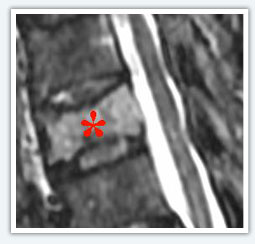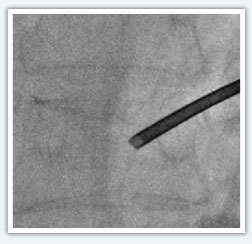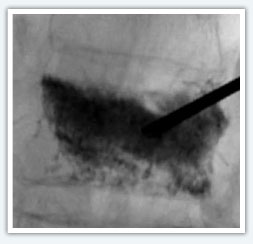|
|
 |
|
     |
|
AddressWe are located at Saint Luke's Hospital of Kansas City, on the Country Club Plaza. 4401 Wornall Road |
 |
AppointmentsAppointments are made by Jessica Kelsey, RN. She may be reached by telephone Monday through Friday 8 to 5 at (816) 932-2549. |
 |
New PatientsNew patients should be referred by their primary care physician, neurologist, ophthalmologist or neurosurgeon. On the first visit, patients should be prepared to bring medical records, a referral letter, and X-rays and scans. |
 |
RecordsRecords may be sent in Department of Radiology, A Level Records and correspondence may be faxed to (816) 932-5753. |
Disclaimer: This web site is for educational purposes only. It is in no way intended to offer medical advice or replace a face to face visit with a physician.
|


